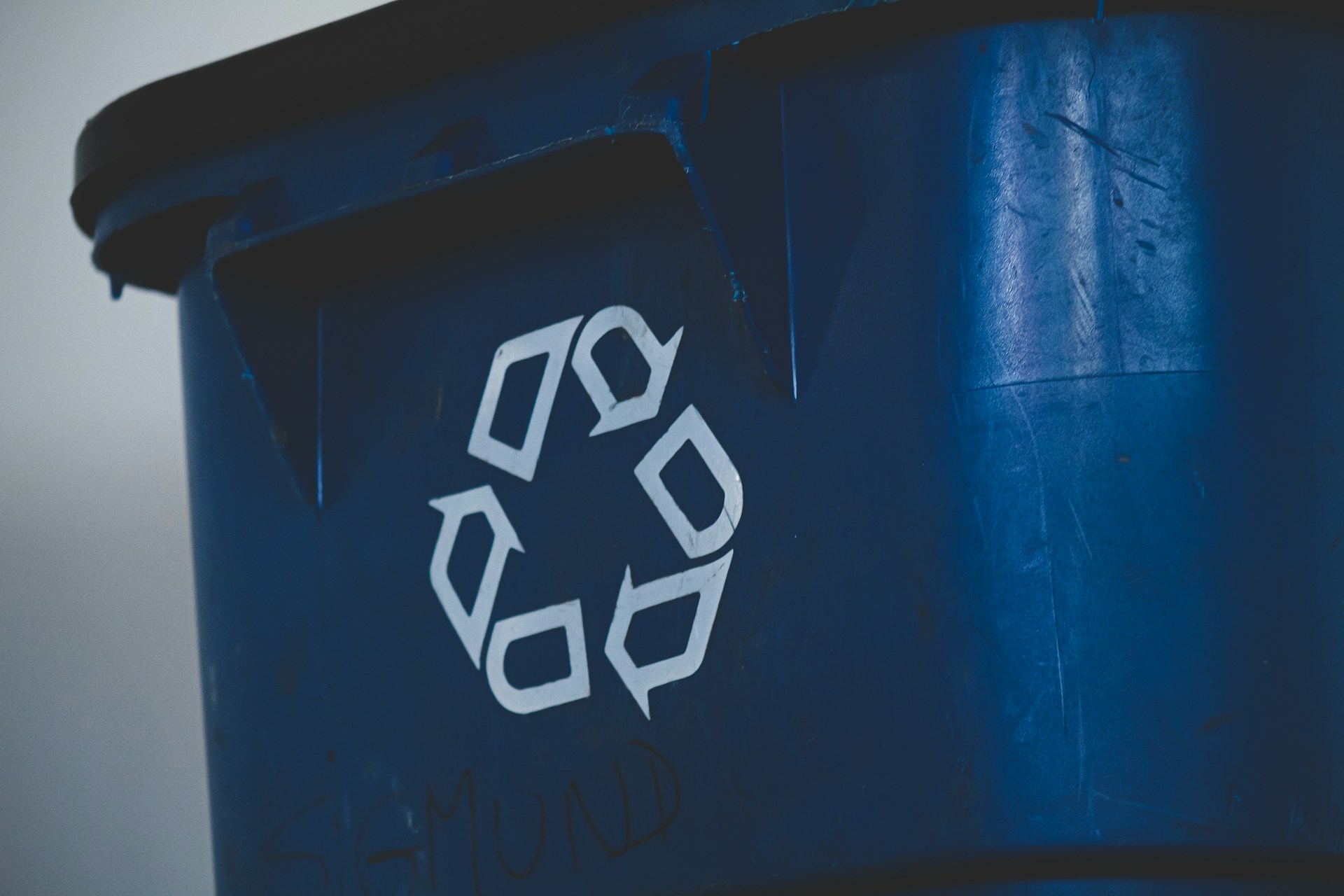
What Are the Best Reverse Logistics Strategies for Peak Season?
June 22, 2021 - Emily Newton
Revolutionized is reader-supported. When you buy through links on our site, we may earn an affiliate commision. Learn more here.
While the boost to e-commerce has been beneficial for many businesses, especially during COVID-19, there is one aspect causing quite the fuss: product returns and refunds. These are two major components of reverse logistics.
Online returns are more challenging than traditional retail returns, and there’s a lot more involved. Products often go right back to the order fulfillment centers where they came from, which aren’t equipped to process returns, and aren’t necessarily close to reverse logistics facilities.
What’s more, those products must be assessed and sorted to identify where they need to go next. Not all incoming items can be repackaged and resold, and the same is true for refurbishment or repairs.
Even just disposing of items requires an assessment, as some products need to be recycled. Others contain hazardous materials, which means they can’t go through standard waste channels.
It’s a compounding issue that really piles up during peak season. But right now, it’s severely impacting retailers and e-commerce operations as the economy opens back up.
What are some ways to optimize reverse logistics strategies, so businesses can meet and keep up with rising demands?
Separate the Inflow
One huge mistake operations managers and executives can make is to focus on the added costs of accommodating and managing reverse logistics processes. It seems silly to allocate or lease extra space just for returns coming in, but it’s more costly when they interfere with standard operations.
To optimize inflow and streamline the entire system, it’s best to find dedicated space for major facilities, including fulfillment centers. That doesn’t necessarily mean the space must be located inside the facility itself. It can be leased, whether permanently or temporarily, or acquired elsewhere — such as renting storage trailers.
It’s important to separate everything because inbound processes call for their own space, labor, and timely processing. The fewer resources available, the longer it’s going to take and the more befuddled the system will be.
It makes more sense to take a smaller financial hit while organizing and acquiring dedicated space for the practice than a larger hit across all operations, including outbound.
Around $1 million in returns can kill $500,000 in profits, quickly. It also explains why many businesses just allow shoppers to keep the merchandise, even after a return, rather than process the unwanted goods.
Anticipate the Demand
Peak seasons can happen throughout the year, not just the holiday shopping season. According to Optoro, over one-third of respondents were holding on to at least one return due to COVID-19 shutdowns. A further 60% of those respondents believe they’ll feel safe to return to stores once everything re-opens. That’s going to result in a flood of returns and a massive explosion of reverse logistics operations.
The good news is that most of these demand changes, including the anomalous ones, can be accounted for. Better yet, through AI, machine learning, predictive analytics, and big data solutions, market models can accurately portray what’s happening, and what’s coming, at any given time. Machine learning and AI’s greatest strength is finding patterns in volumes of data humans alone couldn’t process.
Those same patterns can inform regular ops, uncover more subtle relationships, and discover impending market changes, like seasonal fluctuations and their causes. That could reveal what an increase in returns might look like.
It means reverse logistics teams should be leveraging the necessary tools to measure and anticipate consumer demands. This further informs operational planning, creating a more proactive approach to resource deployment. If you know demands are going to climb in the next few months, you can adjust accordingly and acquire all the necessary resources, including extra labor.
Adopt a First-in, First-out Approach
It’s natural to prioritize easy, fast claims just to get them out of the way. Unfortunately, it can lead to high-value inventory being excluded, leaving money on the table. Instead of pushing more involved returns or claims aside, management — and their crews — should take a first-in, first-out approach.
The system should be balanced to keep storage space available, reduce operational costs, and mitigate failed events — like excessively aged inventory. Real-time automation solutions can help with this, but the initial planning needs to happen first. What items and manufacturers should be considered high-value? How many incoming returns need immediate processing, and how do you identify their priority? After items come in, where do they go? Who manages them?
These questions are important for the proper utilization of reverse logistics strategies. They’re also instrumental to a first-in, first-out strategy that prioritizes all returns.
Don’t Forget Safety
Safety is important for workers, and poor policies or conditions can lead to increased costs.
There’s another negative outcome of unsafe facilities, poor productivity, and operational delays, too. With any safety event, it’s reasonable to assume there will be a facility shutdown, even just temporarily. That can delay reverse logistics processes by hours, days, or even months. In 2019, businesses lost a total of 105 million days due to work-related injuries.
Unsafe conditions are undesirable, which means hiring additional labor can become extremely difficult. One can start to see the importance of maintaining safe and healthy working conditions. It’s beneficial for workers, and it’s their right to work in safe environments. But it also boosts the business through maintained productivity, lower costs, and uninterrupted operations.
Peak season can create a veritable flood of work to do. Minimizing delays and shutdowns as much as possible is crucial in those times and beyond.
Organize the Frontlines
Despite being a major element of running a business, most owners and managers don’t consider the returns process until the items are back on-site. That’s a huge failure in oversight, especially when you could employ the help of parties on the frontline, including customers, to organize incoming shipments.
What can your customers do, that’s not overly demanding, to improve the system? Can you provide them with labels to attach to items before sending them back? Can you offer them pre-paid packaging? Would they be able to take pictures of the damage within a mobile app?
These seem like minor steps, but they provide a great deal of context and support for managing returns before they reach a facility. If the customer has demonstrated clear damage, for example, the return can automatically be sorted through the appropriate channel. The more organized you remain, and the more information collected, the better prepared your teams are.
Optimization Starts Before the Return
Reverse logistics sometimes seem like a chore, but it’s still a necessary element of any successful business. Rather than waiting until the returns are back on-site, cluttering a warehouse or fulfillment center, there should already be strategies in place for dealing with inbound shipments.
Returns, refunded items, and damaged goods should always be separated from standard order operations. They should have a dedicated space, a dedicated crew, and distinct handling strategies. Teams should operate with a first-in, first-out approach, prioritizing early orders instead of specific items or shipments. The faster they’re handled, the sooner they’re out of the way, which frees up space, costs, and labor.
Warehouse managers should always prioritize worker and environmental safety. They also need tools in place to analyze and anticipate consumer demands, even in the off-season.
Finally, organizing the frontlines can vastly improve things behind the scenes. Enlisting customer help to categorize and assess items can speed up inbound processes, especially when it comes to sorting and handling. There are ways to limit their exposure while still enlisting their help, and honoring positive customer experiences. For example, you can provide specific return labels to better identify items, or ask for photos of the damage to inform auto-sorting.
In short, organization and planning should come into play well before a return is requested by a customer.
Revolutionized is reader-supported. When you buy through links on our site, we may earn an affiliate commision. Learn more here.
Author
Emily Newton
Emily Newton is a technology and industrial journalist and the Editor in Chief of Revolutionized. She manages the sites publishing schedule, SEO optimization and content strategy. Emily enjoys writing and researching articles about how technology is changing every industry. When she isn't working, Emily enjoys playing video games or curling up with a good book.




